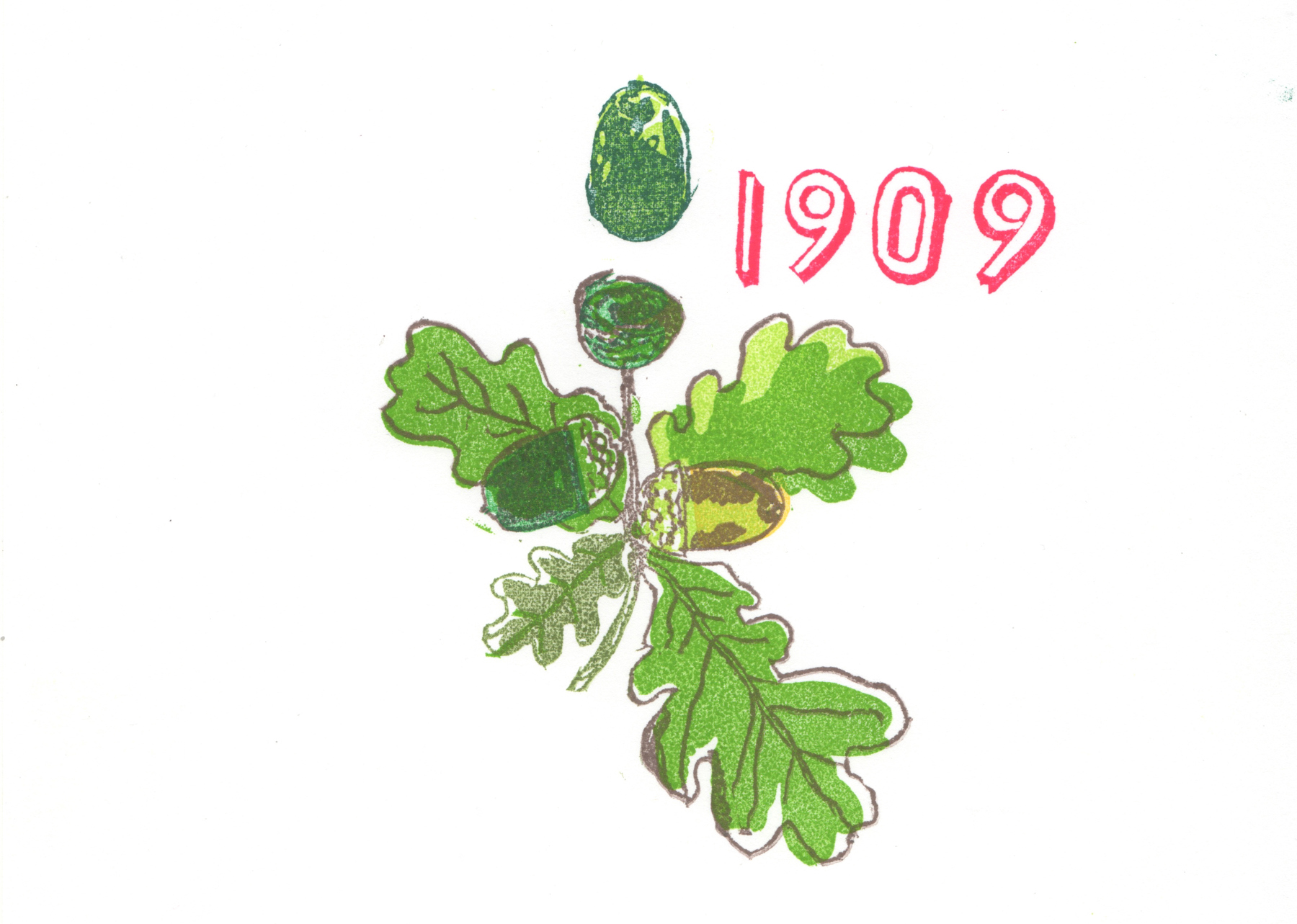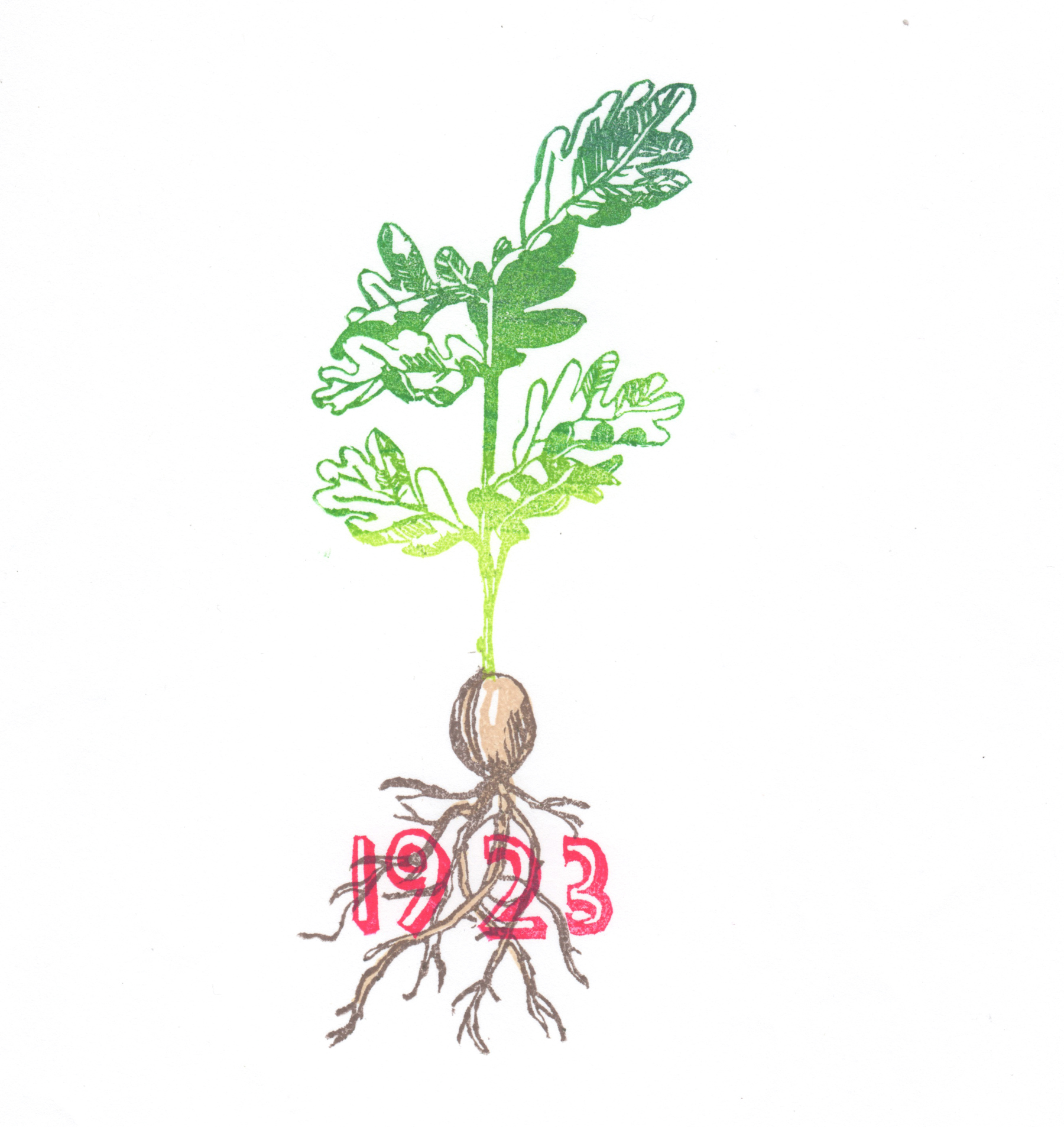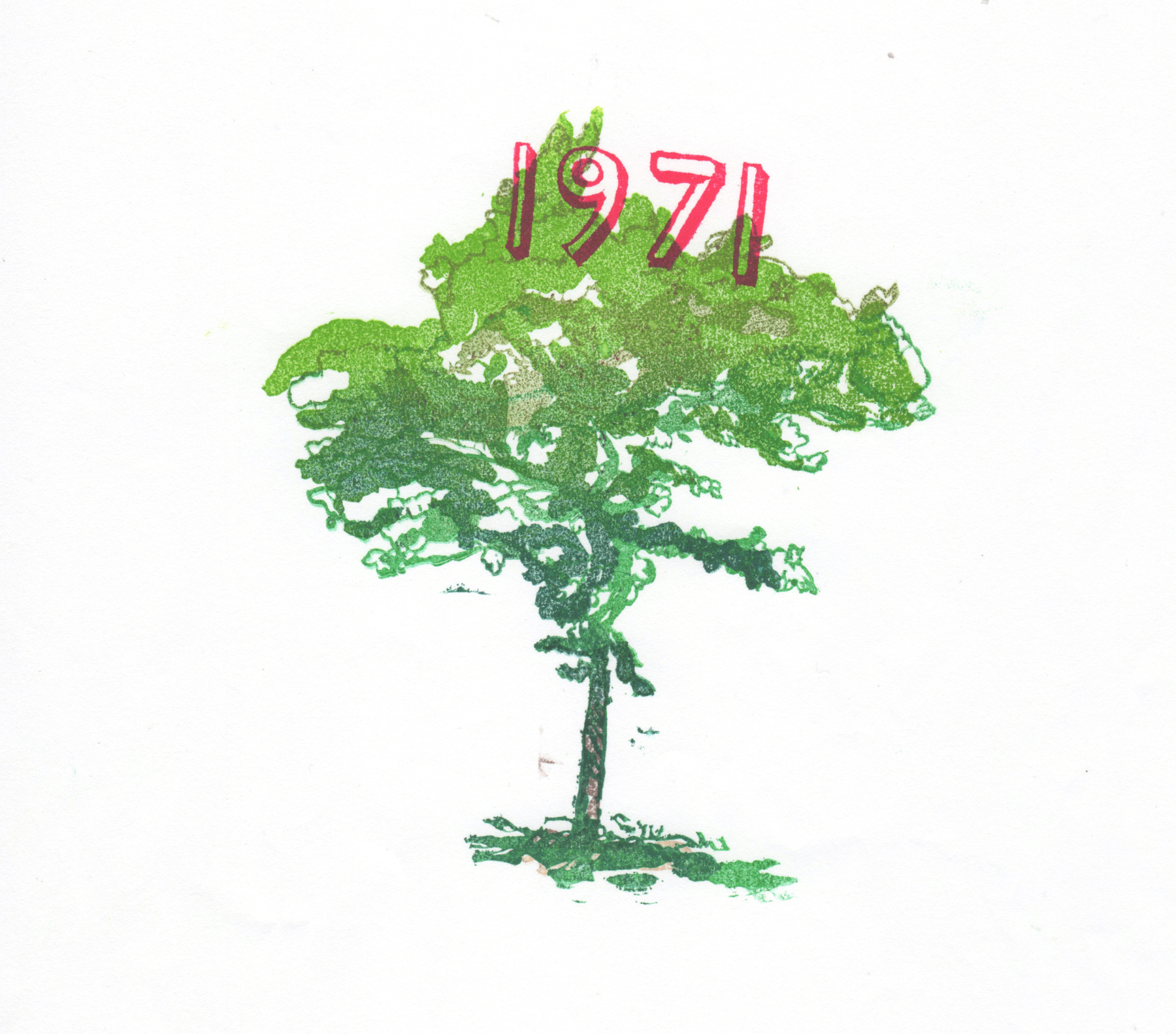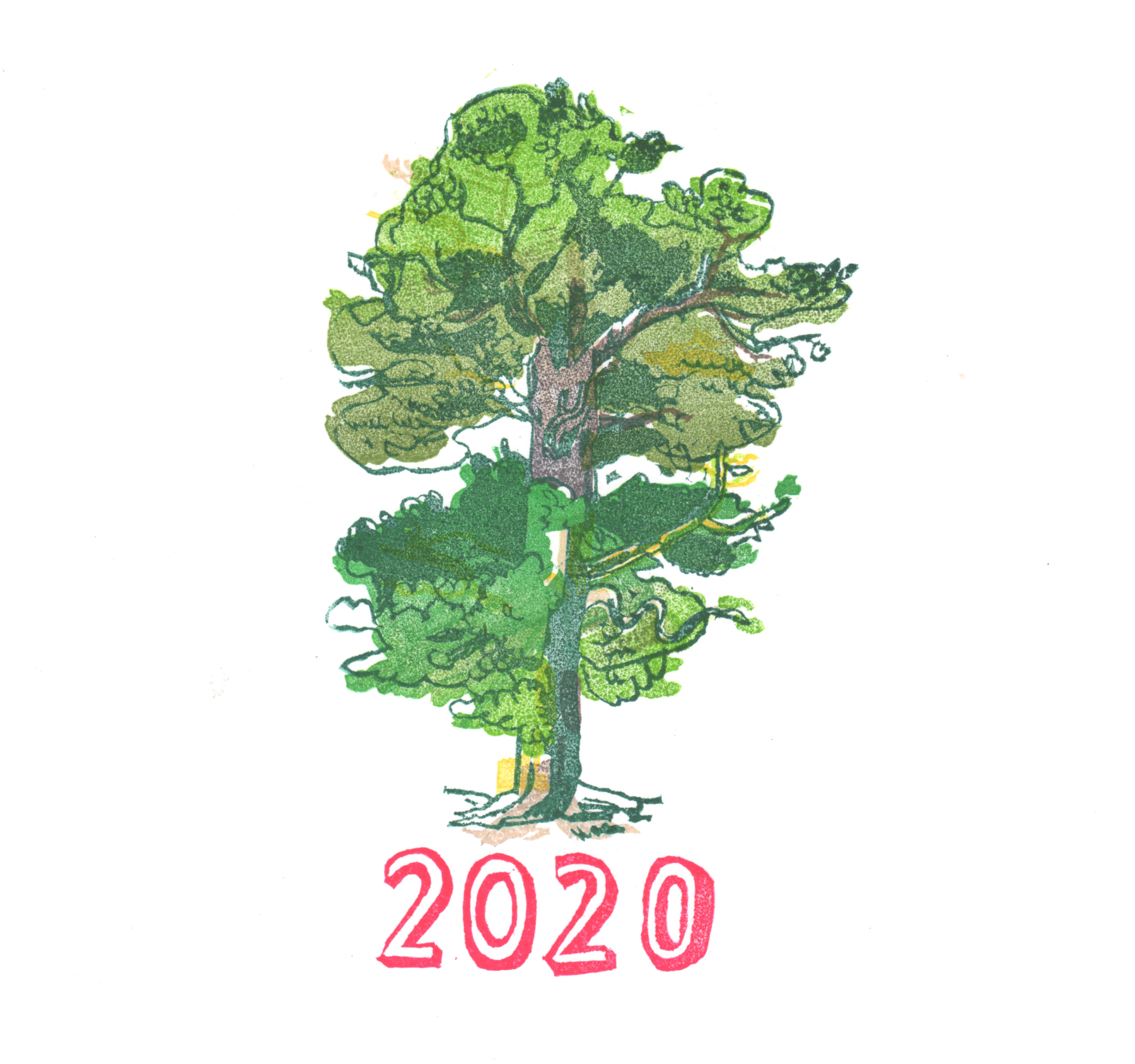The legacies we leave
As Scouting magazine draws to a close, we look at the ways people find to leave something behind

‘It seems to me that later on neither I nor anyone else will be interested in the musings of a 13-year old schoolgirl.’ These are the words of Anne Frank, written in 1942 while in hiding during the German occupation of Amsterdam. Her diary has become one of the most widely read and revered accounts of life in the second world war.
We never know when we’re going to get caught up in history. In 2020 we’ve found ourselves in an unexpectedly historic time, as COVID-19 arrived and countries around the world locked down. Inspired by second world war research, a mass observation study at Swansea University is currently documenting everyday lives through a collection of quarantine diaries. Similarly, Historic England is gathering an archive of images of life under lockdown, from ghostly city centres to back-garden haircuts.
Be it on Zoom, social media or podcasts, people are documenting and sharing experiences: from the birdsong we might be able to appreciate more, to what we miss about life before. In a quarantine letter to his future self, playwright James Graham wrote: ‘Dear Future me, say thank you to your hairdresser and mean it. I’m serious. You always do, I know, but use this opportunity to celebrate how the world is full of people with underappreciated skills doing a thousand lovely things, quietly, every day.’
In solidarity with all of us daydreaming at home, a group of artists sent out a template online, inviting people to draw in their ideal isolation home. The CoronaMaison project now showcases imaginations from across the globe.
Collectively, these drawings, diaries and documents offer lessons for the future. From reminding us to keep spare loo roll in the cupboard, to giving future historians a picture of our lived experience, to providing experts with insight into our patterns of movement and behaviour that may help them plan and prepare for future pandemics.

The next generation
The world leaves all sorts of legacies for future generations. Right now, for instance, in a forest in Norway, one thousand trees are quietly growing. Planted in 2014, they’ll supply paper for the Future Library – an anthology of books that’ll be printed a century later. Each year, a writer is contributing a secret text for publication in 2144. Not far from the Future Library, there’s a vault hidden deep in the snowy mountains: The Svalbard Global Seed Vault. It stores 4.5 million varieties of crops, to preserve diversity and resupply the world’s crop collection in case of disaster.
The things we leave behind become our legacy. As Scouting magazine comes to an end after a 111-year history, it leaves behind an abundant legacy. The publication began in 1909 as Headquarters Gazette, became The Scouter in 1923 and Scouting Magazine from 1971. Early editions chart the development of, and confront challenges facing, the movement, from introducing younger sections to sharing safeguarding policies, to advice on how to talk to Scouts about relationships, particularly during the war when many fathers were absent. During both world wars, it was a leading publication listing those who were lost during the conflicts. It also included advice pieces, such as what to do if a Scout is embarrassed about you meeting their new love interest.

Invisible legacies
Since its beginnings, the magazine has only grown, continuing to share invaluable insight, refect the good work Scouts do, and highlight transformation. We’ve helped show how to make Scouts more inclusive and accessible for all. We’ve done this by raising awareness around issues of disability, dementia, mental health, homelessness, the refugee crisis, domestic abuse, the climate crisis and the dangers of drug and alcohol misuse. We’ve documented Scout groups checking wheelchair accessibility in the Lake District, bringing inmates and their children together in a prison, and the group specially created for young people experiencing bereavement.
We’ve celebrated women in Scouts, explored faith-based Scouting, and shared voices from across the movement: from the leader who found himself caught up in the Manchester Arena terror attack, to a young Scout coming out to the world as male instead of female. We’ve taken you armchair travelling, on journeys to Alaska, Cambodia and rural Mongolia; coastal foraging and urban foraging; and from the smallest house in Britain to the smallest Scout Group in the UK, on the tiny island of Muck.

We’ve done tent reviews, geared up volunteers with the latest activities and the greatest harmless pranks. We’ve shared expert advice on spotting fake news, working together, building resilience, nurturing confidence, and how to keep young people safe. And as we move online, we’re committed to continuing to do so. Digital communication means we’ll be sharing expert advice and stories in new and interactive ways, and we can’t wait for you to play an even greater part in this next chapter.
As the wise young diarist Anne Frank wrote: ‘Everyone has inside of him a piece of good news. The good news is that you don’t know how great you can be! How much you can love! What you can accomplish! And what your potential is!’
We look forward to sharing your good news.